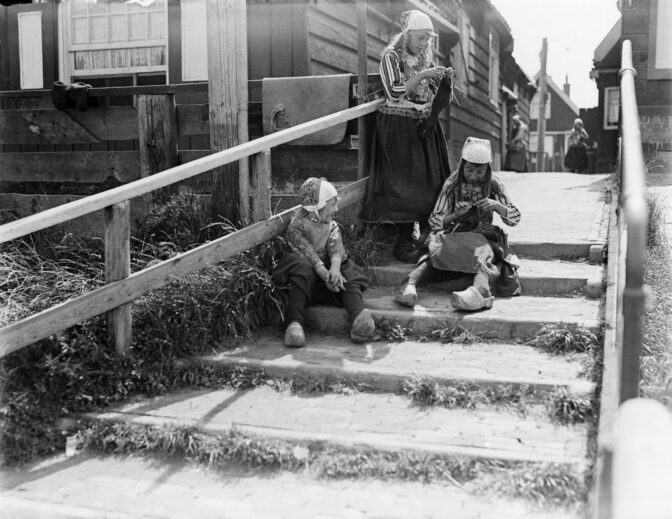When we find our ancestor in one record, we can often use it as a stepping stone to finding other records. The record can be like a loose thread to unravel a greater yarn.
Here are some examples:
- A marriage record may have a note in the margin about a divorce. It should name the court and date of the divorce. You can use this to find the case file in the court records.
- A marriage record has supplements that are abstracts of other records. You can use these to find the originals. It will also tell you if the groom served in the military. If so, you can look up his military records.
- A military record may include a reference to a court martial. You can look up the court records to read in detail about the ancestor’s transgressions.
- A population register may give the former and next places of residence. You can look up the population registers in those towns to create a timeline for your ancestor.
- A death record will tell you where and when your ancestor died. You can then look at the death duties files for the office in that area for that period to see what estate the ancestor left.
- A death duties file may mention the cadastral location of property your ancestor owned. You can look these up in the cadastral records. It may also tell you where and when the ancestor had a will drawn up, which you can look up in the notarial records.
- A cadastral record may give you the year of the sale of the property owned by your ancestor. You can use that to find the deed of sale in notarial records.
- A notarial record about a sale may tell you how the ancestor first acquired that property, which you can use to look up the original deed.
- A wide range of records may give you the occupation of your ancestor. You can see if there was a guild for that occupation that left records. Also, some occupations required a tax to be paid, and you can check those tax records.

Three girls in Marken. The oldest two are knitting. Credits: Willem van de Poll, collection Nationaal Archief (CC-0)

